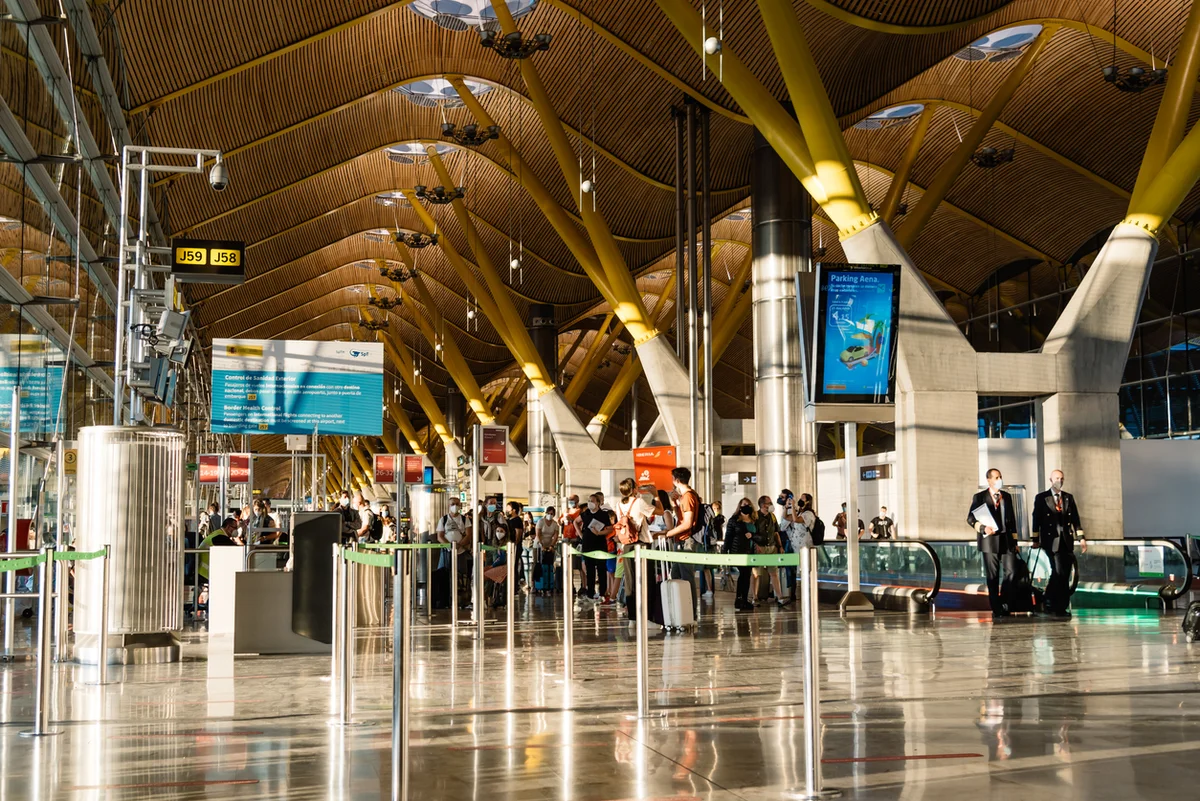By Inti Landauro
Copyright independent

Spanish airport operator Aena has announced a substantial tripling of its investment, earmarking €12.88 billion for the 2027-2031 period to modernise terminals in anticipation of soaring passenger numbers.
This ambitious outlay comes as the company projects Spanish airports will serve 320 million passengers in 2025, marking a 3.4 per cent rise from last year’s record 309 million. This surge is fuelled by a thriving tourism sector, which has positioned Spain’s economy as one of the fastest-growing in the developed world.
Despite the forward-looking strategy, Aena’s shares saw a 4.7 per cent dip on Thursday following the announcement. The operator anticipates continued growth in passenger volumes, with its key Spanish airports poised to evolve into significant intercontinental connection hubs.
“Madrid and Barcelona airports are close to capacity and need a new wave of investment,” Chief Executive Maurici Lucena said in a speech on Thursday. “They are very full,” he added.
Lucena added that the coming years would pose both technical and business challenges for Aena, as the company will undertake multiple simultaneous projects across Spanish airports while ensuring uninterrupted operations.
Aena, the world’s largest airport operator in terms of passengers, had budgeted 3.54 billion euros of investment in the previous four-year period that will end by 2026.
The Spanish cabinet is set to review the proposed investment plan on October 15, the company said.
The news comes as Vueling will fly almost 1.5 million seats to Spain this winter following Ryanair’s withdrawal from several regional airports.
The Spanish airline, part of the IAG group, is set to increase passenger seats to over 578,000 from Santiago and almost 900,000 from Tenerife Norte.
According to Vueling, capacity will rise by 15 per cent compared to 2024 in Santiago, with an 11 per cent increase in Tenerife Norte.
Over 160,000 additional seats aim to strengthen the airline’s presence in Santiago and Tenerife during the winter season.
An additional aircraft will join the airline from mid-December, supporting 28 additional weekly journeys from Santiago to destinations including Barcelona, Mallorca, Sevilla and Malaga.
Spain, the second most visited country in the world after France, has seen international arrivals climb 5.9% to 75.4 million in the first eight months of this year.



